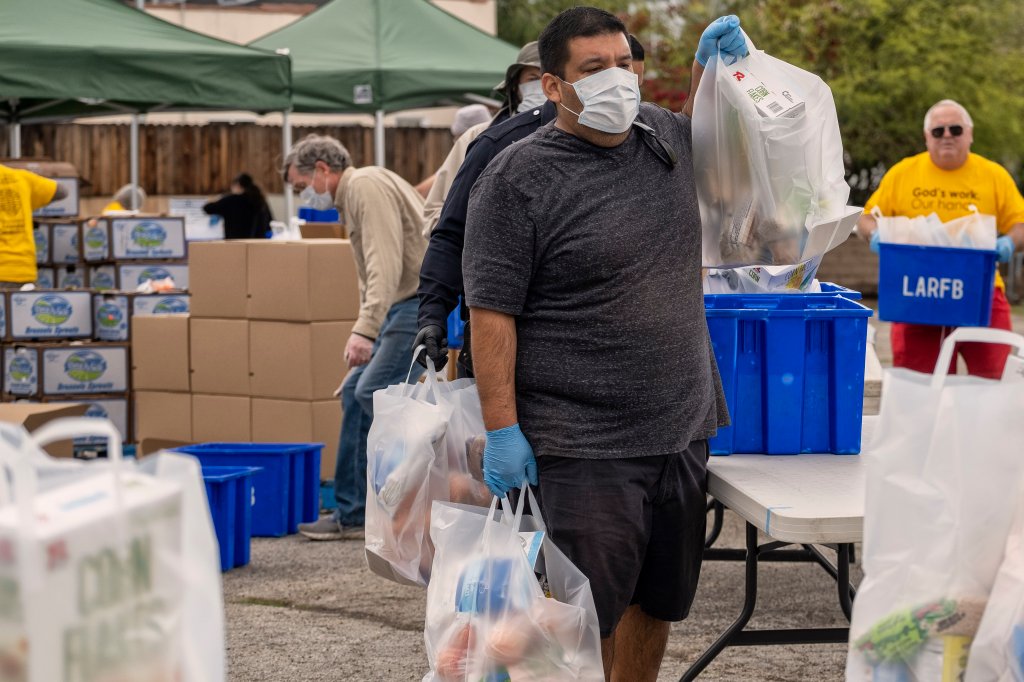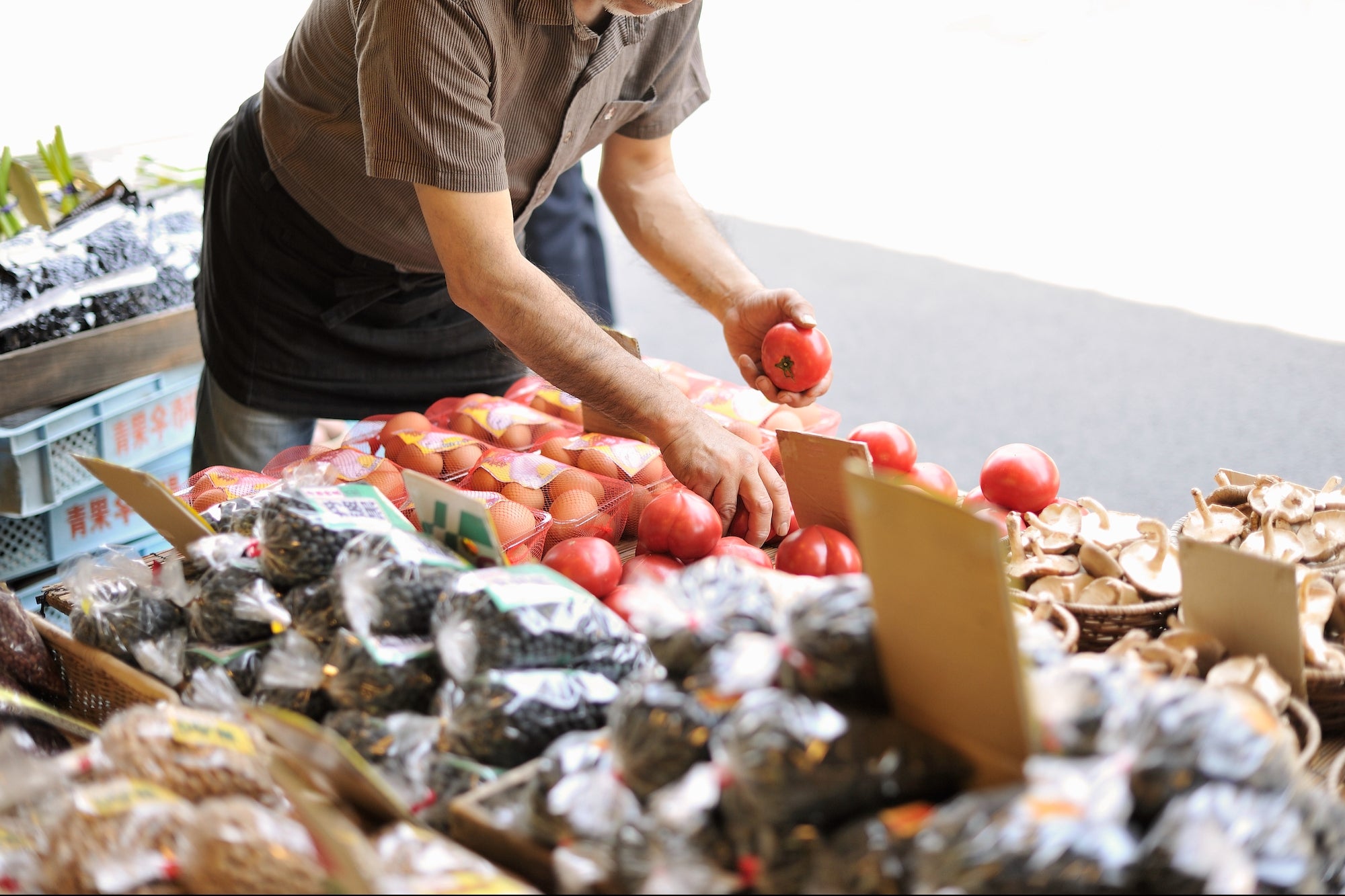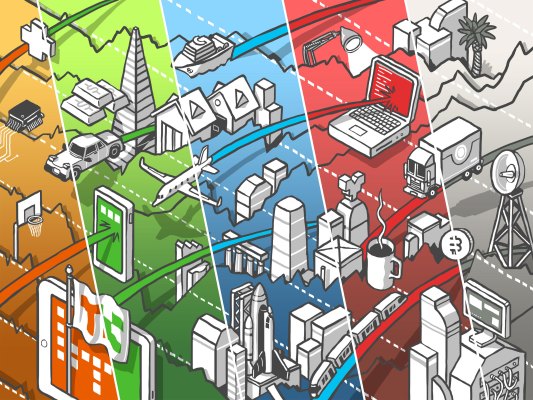Whether it’s via TV, radio, or the internet, kids and teens, just like adults, are learning about what’s happening in and around Ukraine, and many are likely

concerned, worried or even scared.
Talking and listening to kids
How parents and other adults respond can have a big impact on how a young person handles the news coming out of Ukraine. We can’t hide the fact that something bad is happening, nor should we deny that we are sad, worried or frightened. But we can also be reassuring and help put the crisis into perspective, helping children feel safer but also enabling them to express their feelings about what is happening, and possibly take some action that might — even in some small way — make them feel more empowered to do something to make a difference.
Retired child and adolescent psychiatrist and current developmental life coach Annie Hempstead advises parents to start by listening, asking open ended questions, and continuing to listen. “There are times when our anxiety is high enough that we just want to fix it. We just want to make it OK and there’s absolutely nothing wrong with that desire. But sometimes we skip a step” — asking your kids how they are feeling, what they are hearing and thinking about.” You might also ask if they would like you to help them understand these events.
Dr. Hempstead also said it’s important to be “real and “part of that realness is listening to how scared they might be.” You might want to share your own feelings, “I might be scared at times, as a parent.” She added, “authenticity is a really big part of this.” You can model for them that it’s natural to have feelings, and we are OK, even if we are anxious. It’s also important to remind kids that “good things happen much more often than bad things and most people are good.”
Hempstead said that parents should seek out professional help “if you see your kid withdrawing, if you see appetite changes or that they are unable to enjoy themselves.”
Media consumption and possible misinformation
Ask kids what they know and where they are getting their news. If they’re accessing information online, talk about the source and, together, try to determine whether these are credible sources. Talk with them about what they are seeing on social media and how they can tell if something they see may not be completely true. ConnectSafey’s Quick-Guide to Misinformation & Media Literacy (ConnectSafley.org/misinfo) can help.
Also, be wary of what you see on TV. Credible network news organizations strive to give accurate information, but sometimes they speculate or report breaking news that hasn’t been verified. And there is a difference between the reporters who are reporting the facts and the analysts and guests who may be speculating or simply sharing their opinions.
Kerry Gallagher, a veteran educator who currently serves as assistant principal for teaching and learning at St. John’s Prep in Danvers, Mass., and as ConnectSafely’s education director, said that parents of older adolescents should “share information they have checked through lateral reading (which involves consulting several trusted information sources to understand a topic or news event) or other fact checking techniques and comment on information that is inaccurate to redirect the teens to information that is accurate.”
Teens, Gallagher said, “are often getting their news and facts from places like Instagram and TikTok. Some of their sources on those platforms are accurate (many are not), but they should use lateral reading to corroborate.”
Adolescents, she added, “have a very clear sense of right and wrong, fair and unfair. Helping them process this is important.”
Disturbing images and videos
Some of the images on TV and online can be very disturbing. This is a war, which means there will be explosions, fires, burnt out buildings and pictures of people who may be wounded, dead or in desperate conditions. While such images can help build awareness and empathy, they are not suitable for all viewers, especially children.
Online news sources and images shared on social media can be even more explicit than TV news, so talk with your kids about what they are seeing and how they are responding to stories, images and videos.
Even for teens and adults, it’s probably best to limit your consumption of TV news about the war. It may be appropriate to tune in now and then, but a steady diet of bad news can lead to depression and increased anxiety.
You might also want to talk with your teens about what they share online. In addition to making sure they don’t share false information, they should be aware that not everyone may want to view graphic or violent images. They should also be careful before sharing sensitive information such as images of prisoners of war or innocent civilians and be especially careful before sharing any information that could give away a person’s location.
“We are all trying to navigate the information that is coming at us quickly,” Gallagher said. “The situation changes rapidly hour to hour. It is OK to step away for a while and then check in when you are rested and ready, both cognitively and emotionally.”
Hempstead pointed out that it’s appropriate to “limit how much children are visually taking in and they’re audibly taking it as well. In particular, seeing images of war, injury and death, can be a very powerful source of trauma for children.” She recommends being sure TV news channels are turned off when children are within eye or ear range.
What you and your children can do to help in Ukraine
It’s easy to feel helpless during a crisis because there is little if anything you can do directly to stop the Russian attacks against Ukraine. But there are things you can do that not only benefit Ukrainians and others directly affected, but also help give you and your children a sense of empowerment.
Talk with your kids about what they and you can do whether it’s making cards to send to Ukrainian children, raising money online or by having a bake sale, lemonade stand or car wash. Teens can raise funds and awareness on social media and families can attend or even help organize vigils and demonstrations to show their support for the people of Ukraine. Sharing your feelings with others can be therapeutic.
Helping your kids feel they’ll be OK
Hempstead said “the most important factor for children who’ve been traumatized and possibly being re-traumatized, or experiencing trauma for the first time, is knowing that their parents and/or guardians are OK and that they will be OK.”
“Honoring that what they’re feeling is valid, and they have a right to feel that, but the next step is helping them understand that “we’re living in a country where we’re so lucky to be so safe, we’re so lucky to have so many walls of protection” and that, of course, your parents and caretakers are there to take care of you.”
For some children, it may be helpful to point out that Ukraine is far away. You might even want to show them a map or a globe with an ocean between the U.S. and Ukraine. None of this is to diminish the nature of the tragedy, but to reassure children that we live in a safe place that is very far away from war.
Larry Magid is a tech journalist and internet safety activist.










